A variocele is a type of varicose vein that affects only men. You’ve seen photos of varicose veins on the legs and how swollen they can become, right? Now imagine one or more of those swollen veins developing in the male testicles and scrotum. That’s a varicocele.
In this article, the vein specialists at CiC explain what varioceles are, what causes them, and who is most at risk of developing them.
What are varicoceles?
Varicoceles occur in approximately 10-15% of all men, although they do not always cause pain. When they do, the symptoms can range from dull discomfort to strong pain in the scrotum. For some men, this pain worsens after standing or sitting for long periods of time, after exercise, or over the course of the day.
Pain is not the only negative effect of varicoceles, however. Left untreated, they can cause testicular atrophy (shrinkage of the testicles).
There is also a strong association between varicoceles and male infertility. The 10-15% incidence of varicoceles in the general population grows to 30-40% in infertile couples. Varicoceles have been linked with decreases in sperm count and motility, and with increases in the number of deformed and ineffective sperm. Many experts believe that the infertility appears because the blocked and swollen varicoceles raise the temperature in the scrotum, reducing sperm production.
What causes varioceles?
When speaking with their patients, physicians and especially vein doctors discuss reflux of blood (venous insufficiency), in the gonadal veins. In healthy veins there are one way valves that allow blood to flow back to the heart. Patients with a varicocele may have malfunctioning valves which then allow blood to flow backwards and pool in the veins in the scrotum.
What are the risk factors for varicoceles?
There are no specific risk factors for developing varicoceles, except being male. They sometimes develop during puberty, but can also appear at other ages.
What symptoms might indicate that you have a varicocele?
Many varicoceles display no overt symptoms. But if they do, you may experience:
- A lumpy mass in one of your testicles
- Visibly enlarged or twisted veins in the scrotum (often described as looking like a “bag of worms”)
- Swelling of the scrotal area
- Dull, recurring pain in the testicles, which may decrease when you lie on your back
When you should see a doctor
If the varicoceles are producing no noticeable symptoms, they may require no treatment. But you should see a doctor if you:
- Experience pain or swelling in the scrotal area
- Notice that your testicles are different sizes
- Discover a mass in your testicles
The procedures used to diagnose varicoceles are simple and painless, so don’t hesitate to seek medical advice. The advances made in recent years to vein disease treatment procedures mean that varicoceles can be easily treated and eliminated using minimally-invasive, non-surgical procedures.
Click for more information on vein disease or call the experts at Comprehensive Integrated Care at 888-377-7122 today, and be on your way to a healthier you!
